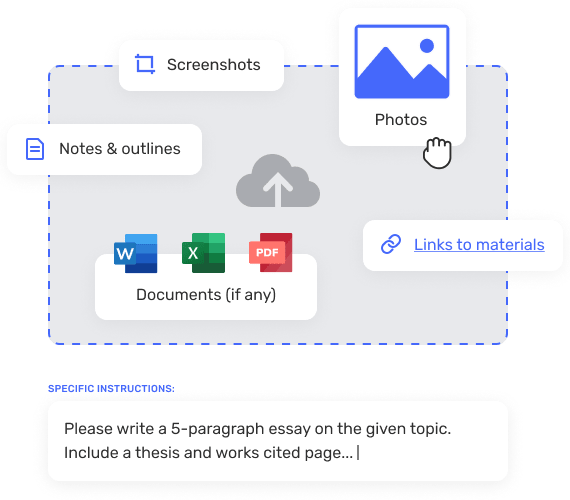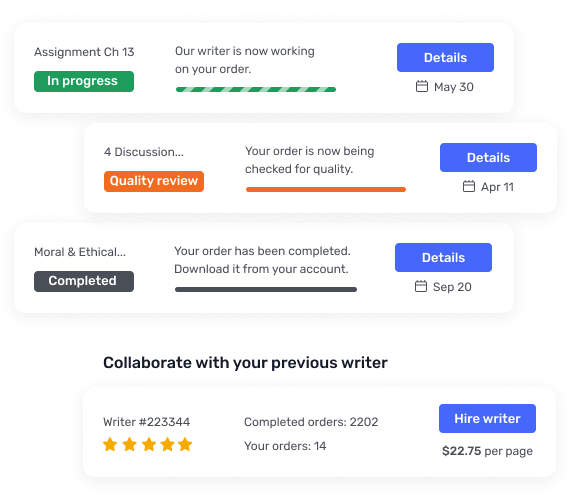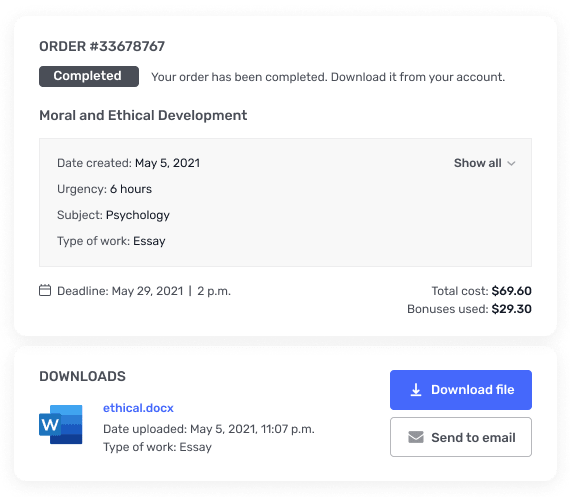GCU HLT362 week 5 Questions to Be Graded: Exercises 14 and 19, 29 and 35
Complete Exercises 14 and 19 in Statistics for Nursing Research: A Workbook for Evidence-Based Practice,and submit as directed by the instructor.EXERCISE 14Understanding Simple Linear Regression1. According to the study narrative and Figure 1 in the Flannigan et al. (2014) study, does the APLS UK formulae under- or overestimate the weight of children younger than 1 year of age? Provide a rationale for your answer.2. Using the values a= 3.161 and b= 0.502 with the novel formula in Figure 1, what is the predicted weight in kilograms (kg) for a child at 9 months of age? Show your calculations3. Using the values a= 3.161 and b= 0.502 with the novel formula in Figure 1, what is the predicted weight in kilograms for a child at 2 months of age? Show your calculations. y4. In Figure 2, the formula for calculating y(weight in kg) is Weight in kg = (0.176 × age in months) + 7.241. Identify the yintercept and the slope in this formula5. Using the values a= 7.241 and b= 0.176 with the novel formula in Figure 2, what is the predicted weight in kilograms for a child 3 years of age? Show your calculations. 6. Using the values a= 7.241 and b= 0.176 with the novel formula in Figure 2, what is the predicted weight in kilograms for a child 5 years of age? Show your calculations.7. In Figure 3, some of the actual mean weights represented by the blue line with squares are above the dotted straight line for the novel formula, but others are below the straight line. Is this an expected finding? Provide a rationale for your answer.8. In Figure 3, the novel formula is (Weight in kilograms = (0.331 × Age in months) – 6.868. What is the predicted weight in kilograms for a child 10 years old? Show your calculations.9. Was the sample size of this study adequate for conducting simple linear regression? Provide a rationale for your answer.10. Describe one potential clinical advantage and one potential clinical problem with using the three novel formulas presented in Figures 1, 2, and 3 in a PICU setting.EXERCISE 19Understanding Pearson Chi-Square1. According to the relevant study results section of the Darling-Fisher et al. (2014) study, what categories are reported to be statistically significant? 2. What level of measurement is appropriate for calculating the ?2statistic? Give two examples from Table 2 of demographic variables measured at the level appropriate for ?23. What is the ?2for U.S. practice region? Is the ?2value statistically significant? Provide a rationale for your answer4. What is the dffor provider type? Provide a rationale for why the dffor provider type presented in Table 2 is correct. df = 2 for provider type in table 25. Is there a statistically significant difference for practice setting between the Rapid Assessment for Adolescent Preventive Services (RAAPS) users and nonusers? Provide a rationale for your answer. 6. State the null hypothesis for provider age in years for RAAPS users and RAAPS nonusers7. Should the null hypothesis for provider age in years developed for Question 6 be accepted or rejected? Provide a rationale for your answer.8. Describe at least one clinical advantage and one clinical challenge of using RAAPS as described by Darling-Fisher et al. (2014).9. How many null hypotheses are rejected in the Darling-Fisher et al. (2014) study for the results presented in Table 2? Provide a rationale for your answer.10. A statistically significant difference is present between RAAPS users and RAAPS nonusers for U.S. practice region, ?2= 29.68. Does the?2result provide the location of the difference? Provide a rationale for your answer.aEXERCISE 29Calculating Simple Linear Regression1. If you have access to SPSS, compute the Shapiro-Wilk test of normality for the variable age (as demonstrated in Exercise 26). If you do not have access to SPSS, plot the frequency distributions by hand. What do the results indicate?2. State the null hypothesis where age at enrollment is used to predict the time for completion of an RN to BSN program3. What is bas computed by hand (or using SPSS)?4. What is aas computed by hand (or using SPSS?5. Write the new regression equation6. How would you characterize the magnitude of the obtained R2value? Provide a rationale for your answer.7. How much variance in months to RN to BSN program completion is explained by knowing the student’s enrollment age?8. What was the correlation between the actual yvalues and the predicted yvalues using the new regression equation in the example9. Write your interpretation of the results as you would in an APA-formatted journal.10. Given the results of your analyses, would you use the calculated regression equation to predict future students’ program completion time by using enrollment age as x? Provide a rationale for your answer.EXERCISE 35Calculating Pearson Chi-Square1. Do the example data in Table 35-2 meet the assumptions for the Pearson ?2test? Provide a rationale for your answer. 3. Is the ?2significant at ? =0.05? Specify how you arrived at your answer.4. If using SPSS, what is the exact likelihood of obtaining the ?2value at least as extreme as or as close to the one that was actually observed, assuming that the null hypothesis is true5. Using the numbers in the contingency table, calculate the percentage of antibiotic users who tested positive for candiduria.6. Using the numbers in the contingency table, calculate the percentage of non-antibiotic users who tested negative for candiduria..7. Using the numbers in the contingency table, calculate the percentage of veterans with candiduria who had a history of antibiotic use.8. Using the numbers in the contingency table, calculate the percentage of veterans with candiduria who had no history of antibiotic use.9. Write your interpretation of the results as you would in an APA-formatted journal.10. Was the sample size adequate to detect differences between the two groups in this example? Provide a rationale for your answer




